Ballet dance as performing arts arose in the 17th Century courts of King Louis XIV in France, and the original high heels the king had on were responsible for the ballet shoes. The ancient models had uppers comprised of fine fabrics such as damask and silk and plain leather soles.
Modern ballet dance shoes still look very simple; however, the technology and resources have significantly improved. Dancer/choreographer dared early ballerinas to ballet more and more “en pointe” or on their toes, and the intensity of technical expertise, quickness and power needed to do the turning, curling and jumping moves called for improved shoe style.
At present, majority of traditional ballerinas have numerous pairs of ballet shoes like pointe shoes created with a unique toe box to adjust the hard pointe work that ballet dancers need to do. Regular colors are tones of pink, and sometimes black or white.
There are also ballet slippers that are made for softer dance floor and studio act. They are lighter and created from canvas or suede leather and have divided soles for enhanced flexibility and more concrete sense. Ballerinas use these shoes a lot in rehearsals or during pointe work is not needed. The uppers are at times dyed to tone with specified costumes, if needed.
Ballet dance shoes have different sizes that traditional footwear and every shoemaker might have slight variations in size runs. They are intended to fit tightly, but not a point in which they hold back movement or rub on the dancer’s foot.

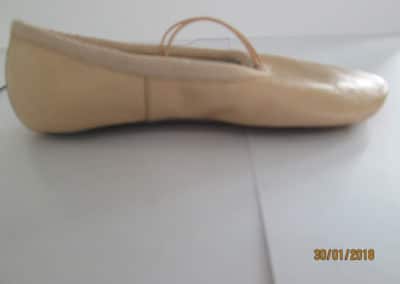
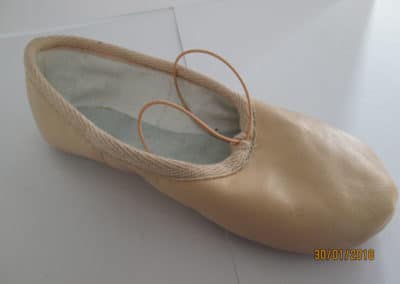
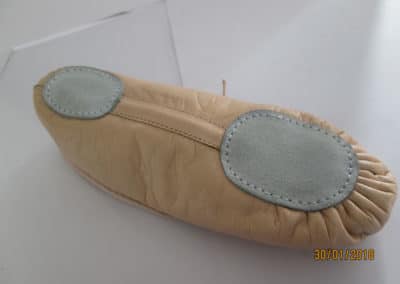
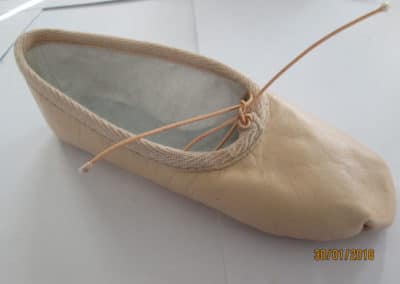
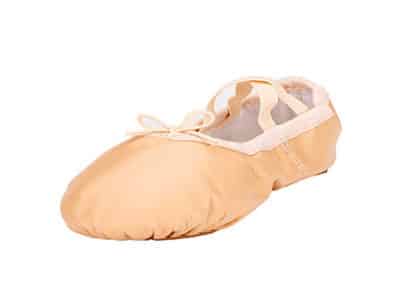
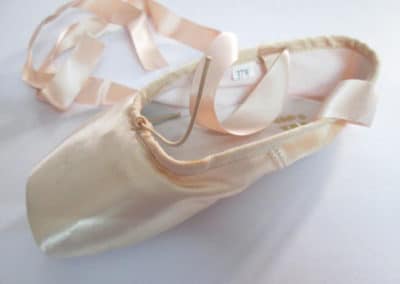
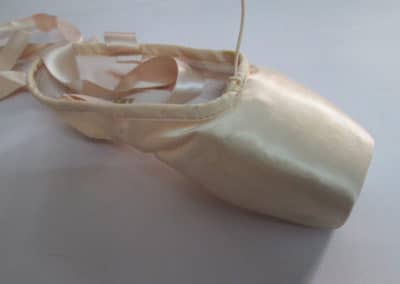
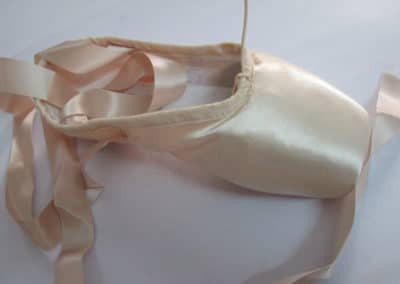
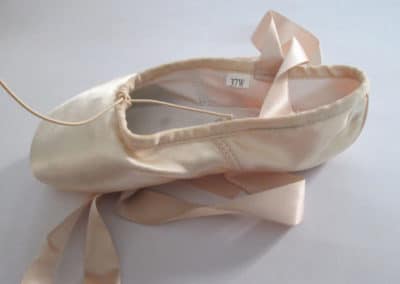
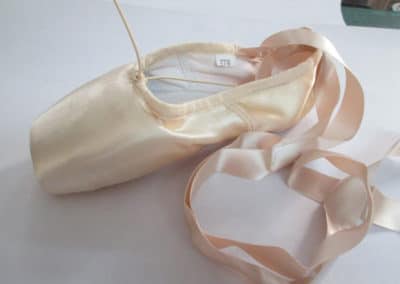
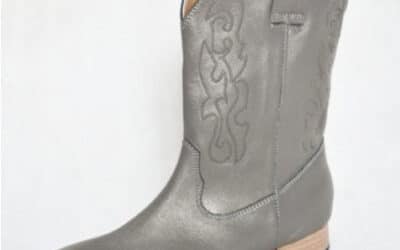
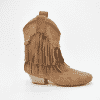
0 Comments